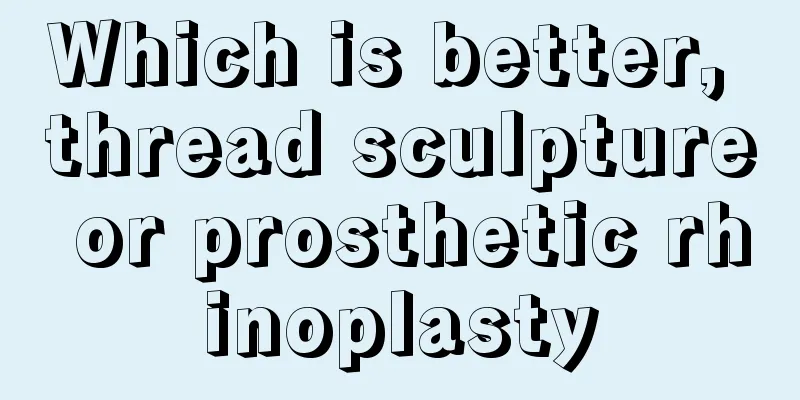What could be the possible cause of severe headaches?

|
For patients, if they experience severe head pain, they should go to the hospital for examination in time. Some headaches are often caused by some diseases, or even some more serious diseases, such as vascular pain, tension headache, central headache, trigeminal neuralgia, etc. Not only are the diseases more harmful, but they also have a great impact on the patient's daily life and work. 1. Vascular headache: Such as migraine, cluster headache: It is a paroxysmal intracranial vasoconstriction and reduced local blood flow, causing visual symptoms, followed by extracranial artery dilation and headache. The triggering factors of migraine include mental stress, fatigue, climate change, strong light stimulation, scorching sun exposure, hunger, eating foods high in tyramine (such as chocolate, cheese, citrus), drinking, vasodilating foods, oral contraceptives and diuretics, etc. 2. Tension headache - also known as muscle contraction headache or neuralgia, is the most common functional headache. It is more common in young women. The attacks are intermittent and are often caused by tension, anxiety, fatigue, incorrect writing or reading posture, etc., which lead to continuous contraction of the head, face or neck muscles and cause headaches. 3. Benign functional headache Such as primary throbbing headache; cold stimulation headache; benign cough headache; benign fatigue headache; external compression headache; sexual activity headache, etc. 4. Central headache: 1. Space-occupying headache - caused by brain tumors and brain cysts. The headache progressively worsens and is severe and dull pain, which may be accompanied by symptoms of increased intracranial pressure such as dizziness, nausea and vomiting. 2. Infectious headache - caused by various encephalitis, meningitis, arachnoiditis, etc., such as tuberculous meningitis and encephalitis, often with infection symptoms such as fever. 3. Cerebrovascular disease headache - seen in cerebral hemorrhage, infarction, brain trauma, cerebral vascular malformation, rheumatic cerebrovasculitis, etc. 5. Cranial neuralgia 1. Trigeminal neuralgia - more common in women over 40 years old, paroxysmal, electric shock-like pain lasting tens of seconds to several minutes, accompanied by facial muscle twitching. 2. Occipital neuralgia: electric shock-like pain or tingling in the Fengchi area behind the occipital bone. 6. Headache in the ENT department 1. Otogenic headache - otitis media, mastoiditis; 2. Odontogenic-toothache; Rhinogenic-sinusitis, nasopharyngeal carcinoma; 3. Ocular causes: refractive error, glaucoma. |
<<: What are microwave ovens used for?
>>: What method can be used to completely cure athlete's foot and onychomycosis?
Recommend
Why do people with thyroid cancer feel dizzy and weak for half a year?
Thyroid cancer is a common malignant tumor of the...
What are the scientific prevention methods for liver cancer? 3 liver cancer diagnosis methods you should know
How can we detect liver cancer, an extremely seri...
Clinical manifestations of early ovarian tumors
Ovarian tumors are malignant tumors that occur in...
How to shave armpits
There are many problems in life that need attenti...
What kind of milk can help you grow taller?
Drinking more milk can indeed help you grow talle...
Phlegm and bad breath, little trick to solve it
Some people have phlegm and bad breath, which wil...
How to crochet woolen slippers
Everyone needs slippers. Imagine this scene: when...
Will eating dragon fruit turn urine red?
The nutritional value of pitaya is relatively hig...
What are the classifications of anesthesia methods?
Anesthesia is usually used during surgery or woun...
Which hospital is best for kidney tumor treatment
Which hospital is the best for kidney tumor treat...
Can I eat mango if I have urticaria
Some people's skin is naturally more sensitiv...
What to do if you vomit blood after drinking too much
For those friends who vomit blood after drinking ...
Nervous and fast heart rate
We all know that the human heart is a particularl...
What is the protruding bone in the waist called
When a person bends his waist, the bones of the w...
Do curling irons do great harm to hair?
Women are becoming more and more professional whe...









